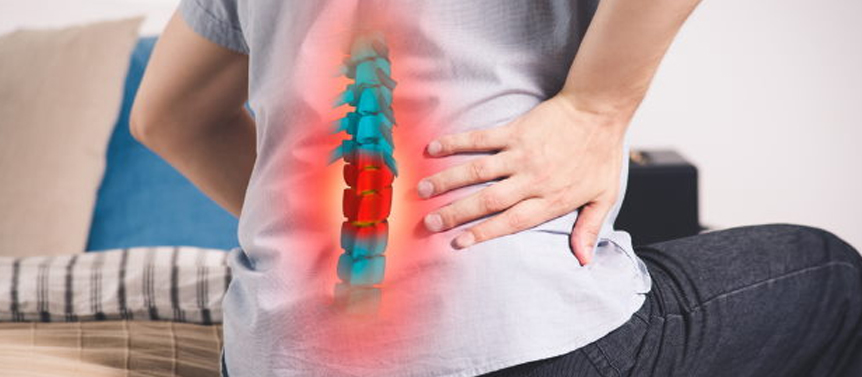Slip Disc & Sciatica

A slipped disc, also known as a herniated disc or disc prolapse, refers to a condition where the soft inner portion of an intervertebral disc protrudes or leaks out through the outer layer. This can cause compression or irritation of nearby spinal nerves, leading to a condition called sciatica. Sciatica refers to pain that radiates along the path of the sciatic nerve, which extends from the lower back down through the buttocks and into the legs.
Here's an overview of slipped discs and sciatica:
Slipped Disc (Herniated Disc):
- Cause: A slipped disc often results from age-related degeneration of the disc, but it can also be caused by injury, trauma, or excessive strain on the spine.
- Symptoms: Symptoms of a slipped disc may vary depending on the location and severity. Common symptoms include localized or radiating pain, numbness, tingling, or weakness in the affected area. In the case of a herniated disc in the lower back (lumbar region), it can lead to sciatica symptoms.
- Diagnosis: Diagnosis is typically made based on a physical examination, medical history, and imaging tests such as MRI or CT scans.
Sciatica:
- Cause: Sciatica occurs when the sciatic nerve, which is the largest nerve in the body, is compressed or irritated. This compression often results from a herniated disc in the lumbar spine, but other conditions like spinal stenosis or piriformis syndrome can also cause sciatica.
- Symptoms: Sciatica usually causes pain that radiates from the lower back through the buttocks and down the back of the leg. The pain may be accompanied by numbness, tingling, or weakness in the leg or foot. The severity of symptoms can vary, and they may worsen with certain movements or prolonged sitting or standing.
- Diagnosis: The diagnosis of sciatica is typically based on a combination of symptoms, physical examination, and diagnostic tests such as imaging studies or electromyography (EMG).
Treatment for slipped discs and sciatica often starts with conservative measures and may include:
- Pain management: Over-the-counter nonsteroidal anti-inflammatory drugs (NSAIDs) or prescription medications can help alleviate pain and reduce inflammation.
- Physical therapy: Specific exercises and stretches can help relieve pressure on the affected nerve, improve mobility, and strengthen the supporting muscles.
- Heat or cold therapy: Applying heat or cold packs to the affected area may help reduce pain and inflammation.
- Epidural steroid injections: In some cases, corticosteroid injections may be used to deliver anti-inflammatory medication directly into the affected area to reduce pain and inflammation.

